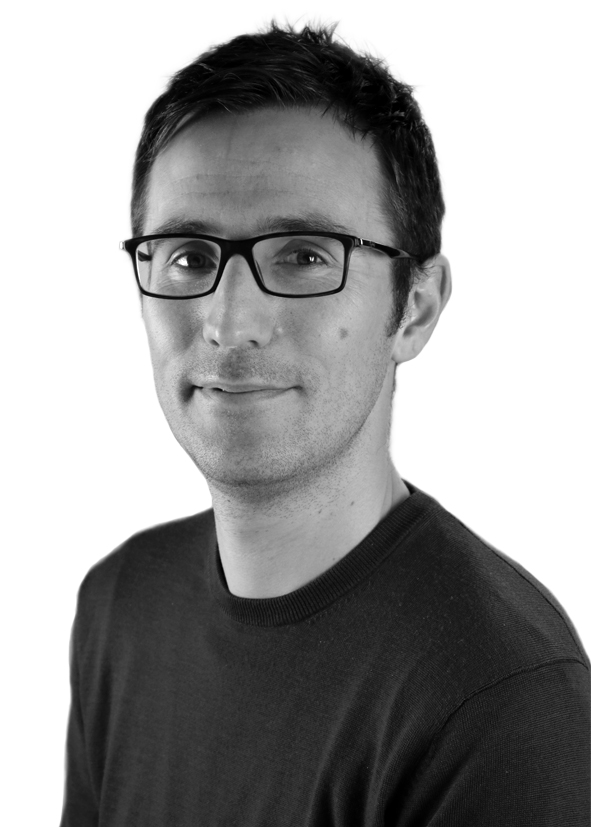Authored by: Anthony Greenwood, Director
Last month I had the pleasure of attending the 3rd annual Market Research Society (MRS) behavioral science summit in London, and the first to happen in person since covid restrictions have eased. It was a nice opportunity to mingle with the great and the good of the UK behavioral science MR world, and many others clearly felt the same with a sold-out event of over 150 delegates.
It was a great opportunity to hear the experiences of many other practitioners with a breadth of experience spanning a truly diverse number of sectors covering healthcare, consumer, through to food standards. The event had a focus on application rather than theory in the offline setting, online setting and also the metaverse!
Despite the range of presentations on offer – two key themes emerged throughout the day’s presentations:
- The importance of emotions; not only understanding them but speaking to them via brands represents one of the most powerful tools in our kit for enabling behavior change
- The challenges of embedding behavioral science thinking within organizations; not just research organizations but also wider client organizations. Doing this is often the first required (and biggest) behavioral change required, before we even think of using the underlying principles in the market
While the topic of, and importance of emotions in healthcare MR is not a new one (given the emphasis placed on benefit ladders for many a year), it was a decent reminder of their power – emotions remain paramount in our, and our doctors, decision-making. We often get caught in a highly rational discussion with doctors focusing on the ‘data’ but forget the context of how they make decisions – time poor, highly pressured, with a high cognitive burden, all of which are increasing given the current climate. With this in mind, it is important to recognize the continued need to talk to doctors’ emotional needs and place the product in the optimal space in their mind to alleviate some of these challenges.
One talk in particular pushed the notion of better understanding our emotion in context in order to provide a more tailored marketing experience. This makes sense as we don’t walk around with the same emotions all day long – Sometimes we feel anxious which may mean we respond more to experiences that enhance our feeling of safety, sometimes we may be feeling more nostalgic which means we crave familiarity over novelty. The presenters asked us to imagine a time where your face could be scanned upon entering a store where the experience is tailored to your mood – the colors, music, products offered filtered to reflect your current state of mind. A scary prospect…even more scary is the thought of pharma sales reps having a similar tool to profile a doctor before their sales pitches.
Perhaps more realistically, another talk centered on the emerging theme of the system 3 part of your brain; the imaginative brain that ties together the well known System 1 and System 2. In this example, TV viewers were asked to write stories about their desired viewing experiences as they related to a particular channel. Using complex mapping and AI, maps started to emerge of the types of narrative viewers required when thinking about a particular topic. This could be understood relative to their current associations with the channel to understand any dissonance between the two and identify changes in content or marketing tone to better appeal to the target audience. In this scenario the channel moved from more functional campaigns to a more emotive campaign (sound familiar?!) with great results in improving audience share. Certainly, there felt like huge utility for similar methodologies in the pharma space where we are often tasked with unpicking the non-stated / rational differences between two largely undifferentiated brands…
Secondly, many talks centered on the struggle to embed behavioral science within organizations and the need for continual development and cultural change to enable this. Behavioral science has been, and remains, a buzzword or topic – to move it to the next step requires moving its principles from a hot topic to something that permeates not just our research but all aspects of the organizations we work in. No easy task when research from the IPA noted that they ran an extensive behavioral science training program among their members but one year later only 1% had applied this theory in practice. It will remain a priority in 2023 at Research Partnership to break down some of the barriers or fear surrounding behavioral science (common themes noted by a variety of speakers), encourage experimentation and creative thought and develop the next generation of talent. I myself was encouraged to notice a large number of our new graduate intake indicating a particular interest in this area.

Sign up to receive Rapport.
Rapport is our monthly newsletter where we share our latest expertise and experience.